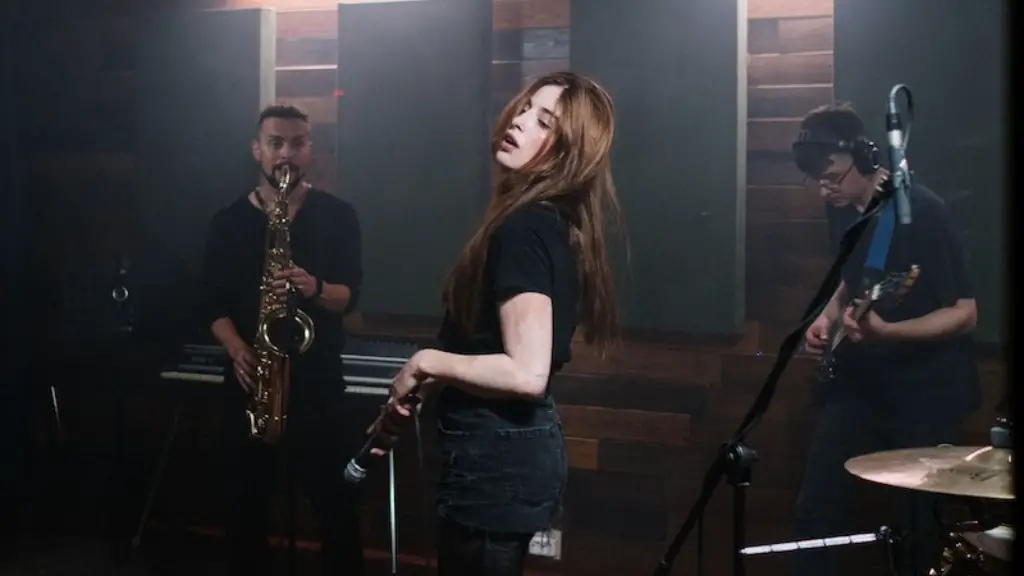How To Draw Nose Step By Step
Drawing a nose doesn’t have to be a daunting task. Follow these easy steps and you’ll be sketching noses in no time.
Start out by making a simple outline. Begin by sketching a curved line for your nostril and then draw a slightly curved line beneath it. Next, draw another curved line directly beneath the first and make a small oval shape at the end. This will be used as your tip of the nose.
Now start adding details. Break the nasal line into two separate lines on the sides and draw a line connecting the two lines on the bridge of the nose. Then fill in the shape and draw an arc at the top of the nostril. You’ll want to draw two curved lines along the bottom of the nose, too.
Make your nose look realistic by shading and highlighting it. Add shadows by using your pencil and pressing lightly on the side of your nose. To add highlights, use your eraser to gently erase into the paper. Do this at the top of the nose and the tip of the nose.
After finishing your basic lines and adding details, don’t forget to erase any extra lines. A clean, crisp nose drawing is always the goal.
Correcting the Shapes
When drawing noses, you’ll want to be aware of the general shape. Make sure there is enough of an angle and don’t keep your nostril line entirely round. To fix this, you can use little short strokes on the sides, then connect them to the bridge.
By making a few adjustments to the nostrils, like adding a few pointed lines to the bridge or making the tip a bit more defined, you can make your nose look much more realistic and desirable.
Creating Different Types of Noses
Not all noses are created equal. Everyone has a different shape of nose, so it’s important to recognize the different kinds of noses out there.
For example, if you find yourself drawing an upturned nose, first lightly sketch the outline of the nose, then add details. Make sure to add the angle of the bridge, the flaired nostrils, and finally the details at the tip.
If you want to draw a wider nose, start by drawing the basic outline and then expand it with strong lines. Connect the two nostrils by adding a lot of detail and soft shading to make it look 3-dimensional.
Adding Details and Texture
If you want to make your drawing look realistic and add some extra texture, don’t forget to add the details. Remember to draw the nostrils, crease, and the small valley at the top of the nose.
You can also add extra texture at the tip of the nose, surrounding skin, and the bottom of the nose. Swirling, looping, and dotted strokes can lend a hand to make your nose look more natural.
Finally, always draw small details like the veins that make up the nostrils and under the nose. This prevents a flat surface texture and gives your drawing a more natural look.
Knowing When Your Drawing is Finished
When you’re finished adding all the details and textures, it’s time to evaluate your drawing. If you look at your nose and notice any parts that don’t belong, it’s best to take a step back and look at the entire drawing.
If you think everything looks right and that you’re finally finished, pat yourself on the back and congratulate yourself! Drawing noses can be a challenging task, but it’s so satisfying when you’re finally done.
